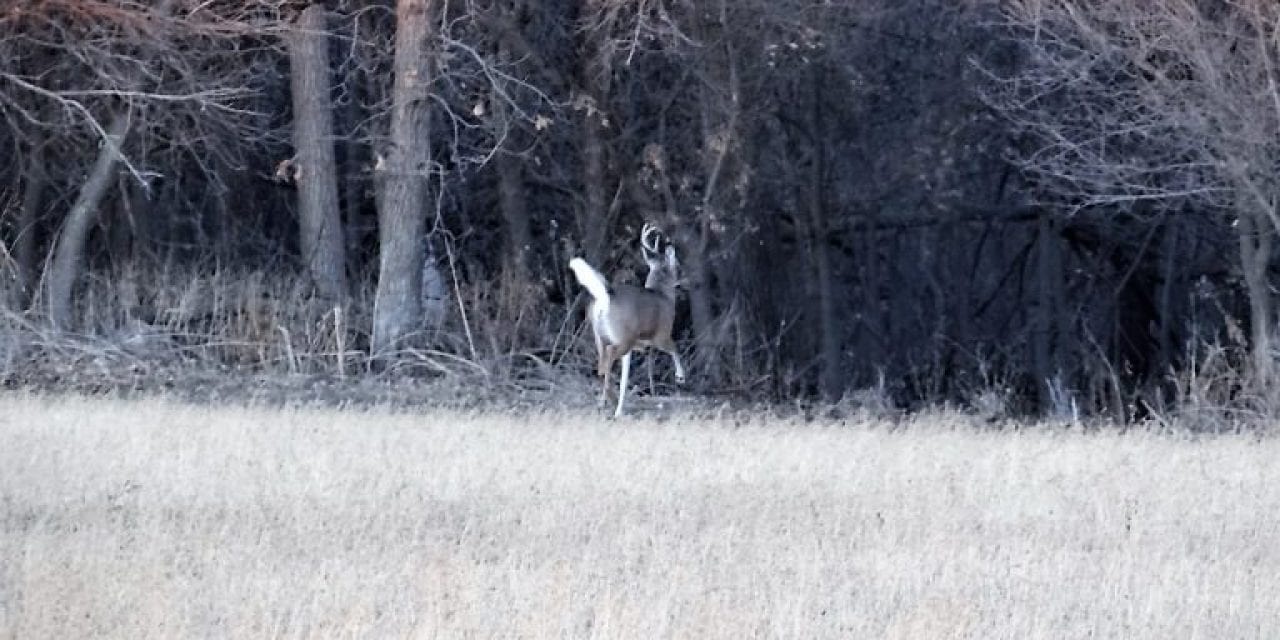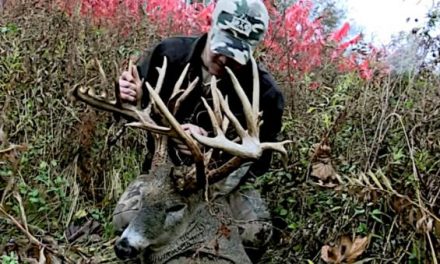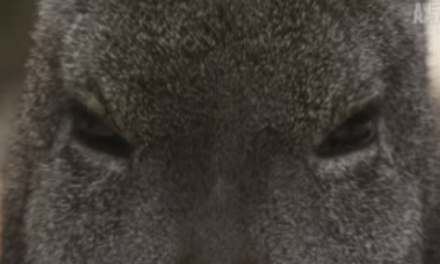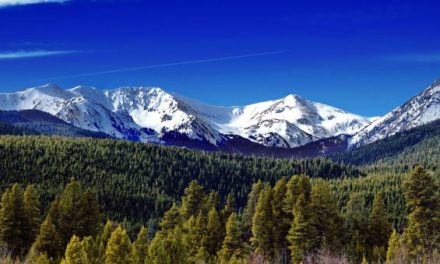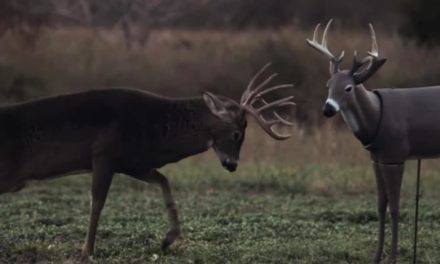A wildlife biologist I knew used tell me that to be an effective shed deer antler hunter, you must know white-tailed deer biology and “think like a buck.”
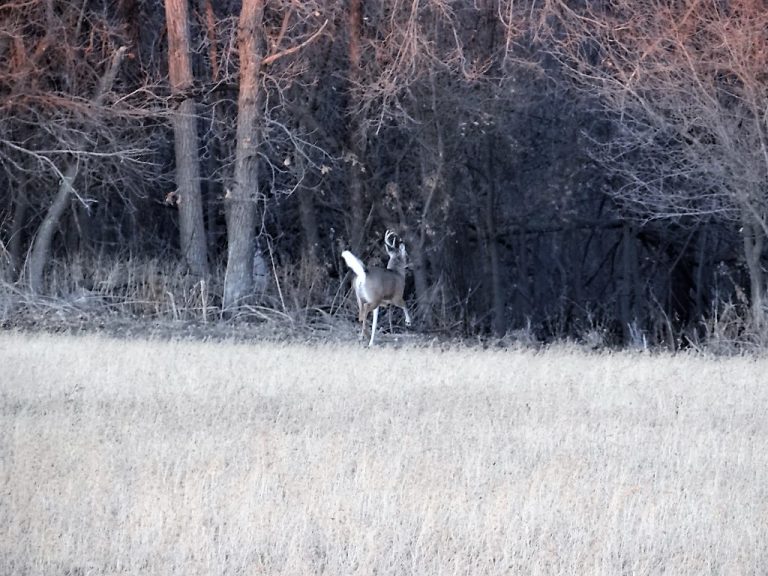
I get the biology part, but “think like a buck?
Hmmm …
Luke Meduna who’s the Big Game Program Manager for the Nebraska Game and Parks Commission, responds to that shed antler hunting strategy by saying: “Yes, to be successful, a shed deer antler hunter needs to think like a buck, but they should even take it even a step further.”
“First though, let’s remember that mature bucks often separate themselves from the doe/fawn segment of the deer herd this time of year, so people should be looking for not just deer sign, but mature buck sign (e.g. Tracks, higher rubs, etc.).,” points out Meduna.
He adds: “Of course, it is important to figure out where your white-tailed bucks are bedding, feeding and traveling. However, shed antler hunters should wear out their boot leather and hunt the odd spots.”
What does he mean by the “odd spots?”
“I mean hunt those secluded bedding areas out of the ordinary where groups of bucks can see a good distance and have good wind to scent danger approaching such as a grassy hillside,” says Meduna.
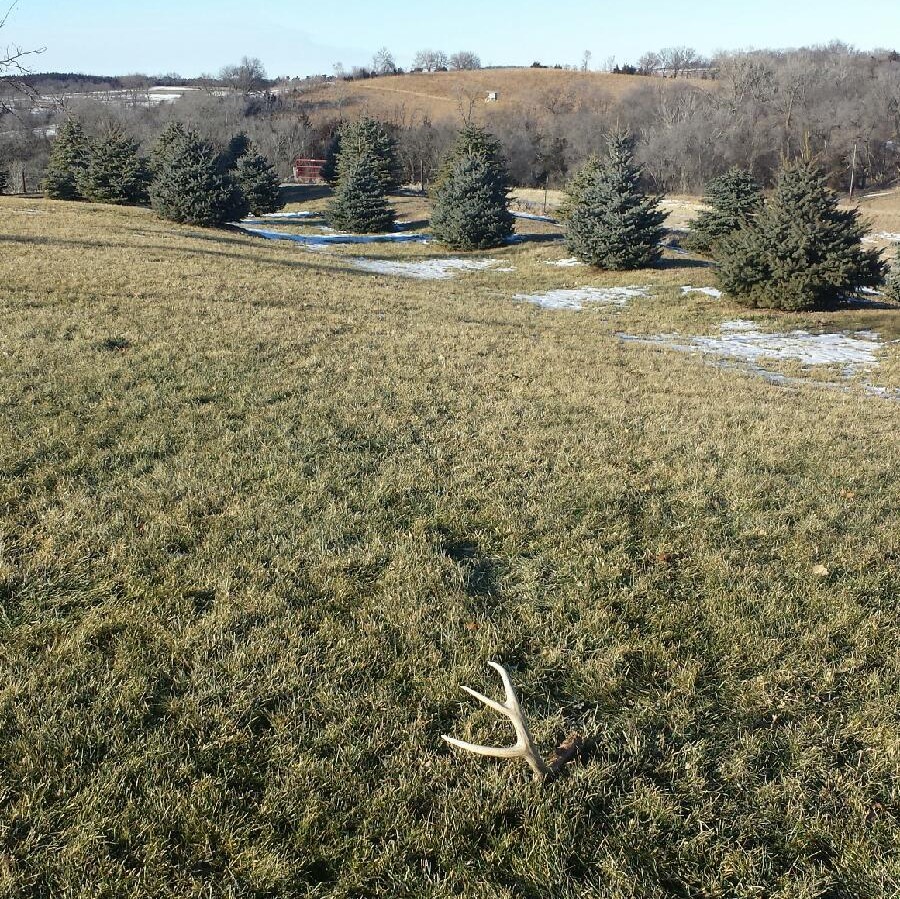
Here are some other tips for putting yourself in the minds of white-tailed deer bucks to find shed antlers from now through April in the Nebraska countryside, courtesy of Luke Meduna and other Game and Parks Commission Wildlife Biologists:
*Where They Can Easily Go to Eat, Drink and Be Warm. Consider the places where a cluster of bucks goes to have easily accessible necessities during winter and early spring: Thermal cover (e.g. cedar tree groves), high-energy food (e.g. corn) and open sources of water to drink (e.g. running water in streams or springs).
*Where They Recover from the Rut. Think about places where white-tailed bucks seek to recover from the rut. These are areas where bucks feel safe and secure. Often, they are the same locations where bucks headed when they experienced heavy hunting pressure during the firearm deer hunting season(s). Don’t overlook overgrown fence lines, old livestock windbreaks and shelterbelts, and abandoned farmsteads. All these spots provide two distinct features for bucks: Adequate cover and security.
*Their Escape Trails into the Thick Stuff. Escape trails for deer that lead directly into the thickest cover or bramble available should also be inspected for shed antlers. These routes lead to protective sanctuaries that bucks utilize. Besides dense woodlands or deep creek bottom timber, cattail marshes (wetlands) and CRP (Conservation Reserve Program) grasslands can serve as places of refuge. Areas of tall cover like these protect deer from frigid winds and stay upright with heavy snow or an ice coating. These habitat types are usually situated near or adjacent to agricultural fields and make for convenient bedding areas for bucks. CRP grasslands and cattail marshes may surprise you with a shed or two. Also, try to pinpoint where the deer are entering and exiting these fields or extensive patches of tall cover.
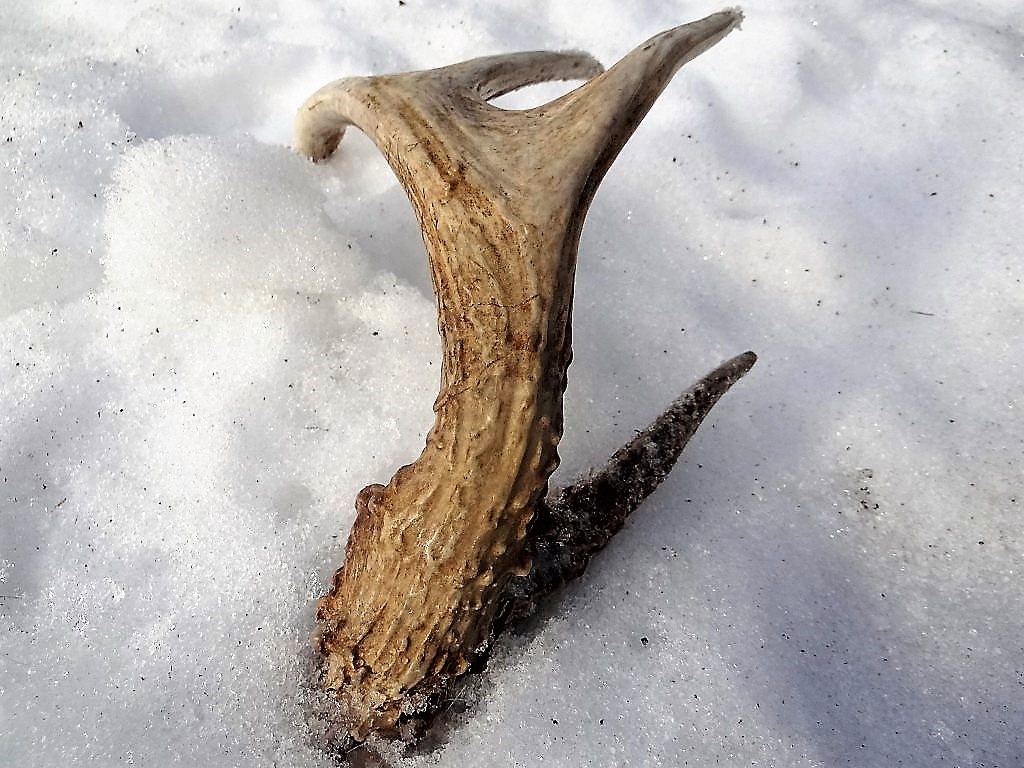
*Their Main Trails. Main deer trails have the potential to be good producers of shed deer antlers, especially primary deer trails leading into or out of bedding or feeding areas. Look for lots of fresh buck tracks and droppings. Focus on well-worn deer trails along sunny southern-facing slopes containing mature hardwood trees, conifers or plum thickets where the rays of the sun can penetrate the understory. Walking a main deer trail where deer scratch themselves, lean over, sniff the ground or even get annoyed by a loosening antler and knock it off with a lower overhanging tree branch, limb or trunk on the trail may lead you to success in finding sheds.
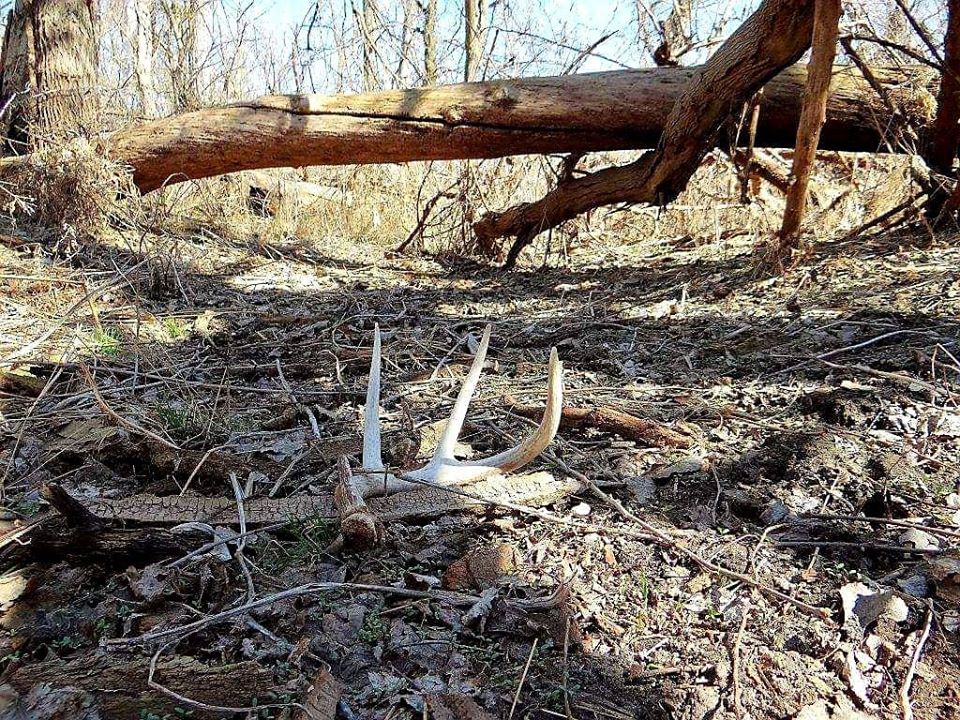
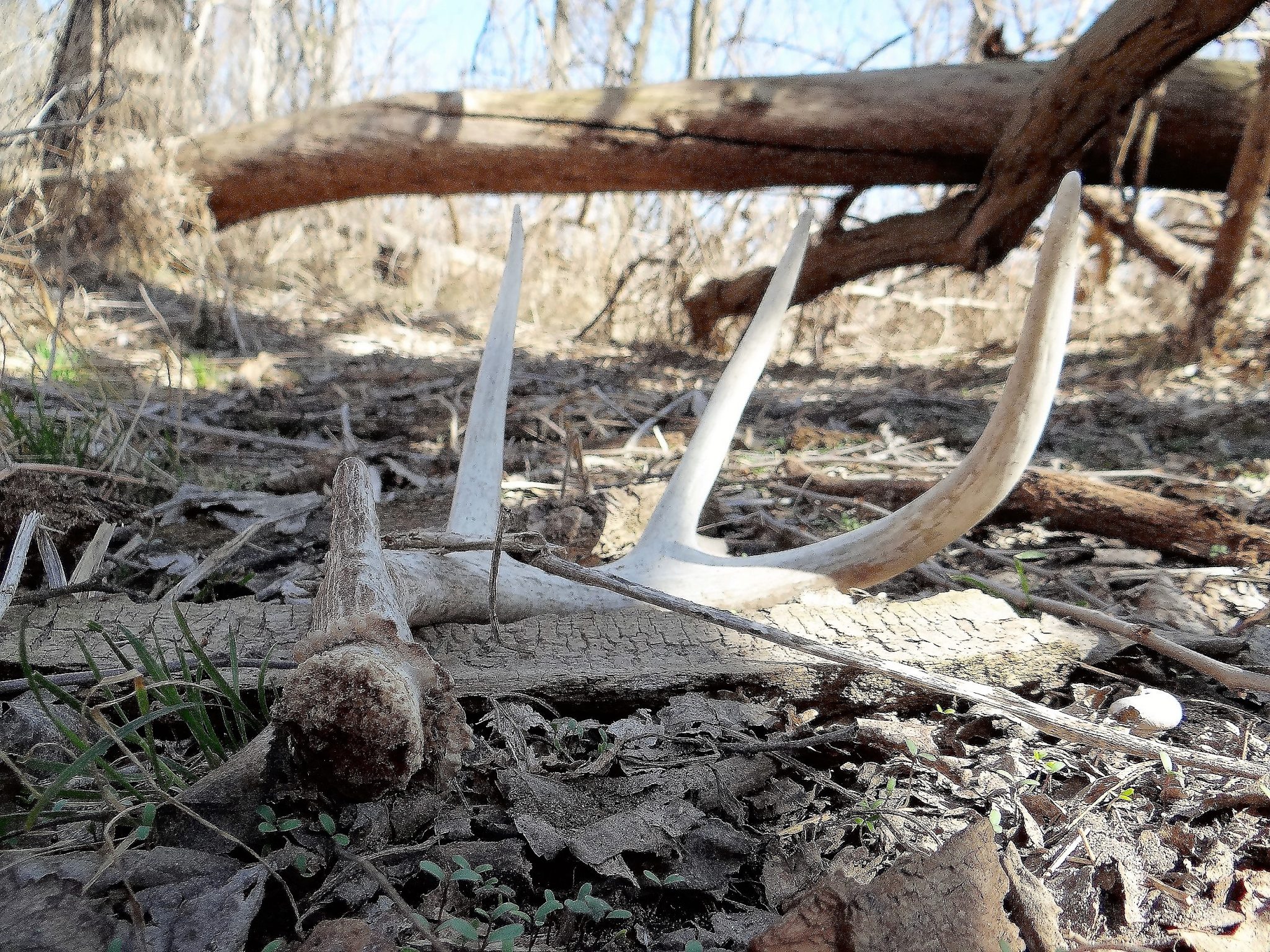
*Where Their Food Is. In winter, track down areas where deer concentrate to feed to perhaps pick up a couple shed antlers. Normally, one field, most likely a cornfield that has not been tilled which has an expanse of woodlands nearby, will draw all the deer while other fields may be left untouched. Carefully comb the outside edges of corn, soybean, alfalfa and other agricultural fields where deer are feeding. Pay attention to any standing crops left on the edges of those ag fields. If available, allowed and conditions are favorable, use an ATV or UTV to slowly cover a lot of ground searching for sheds along field edges.
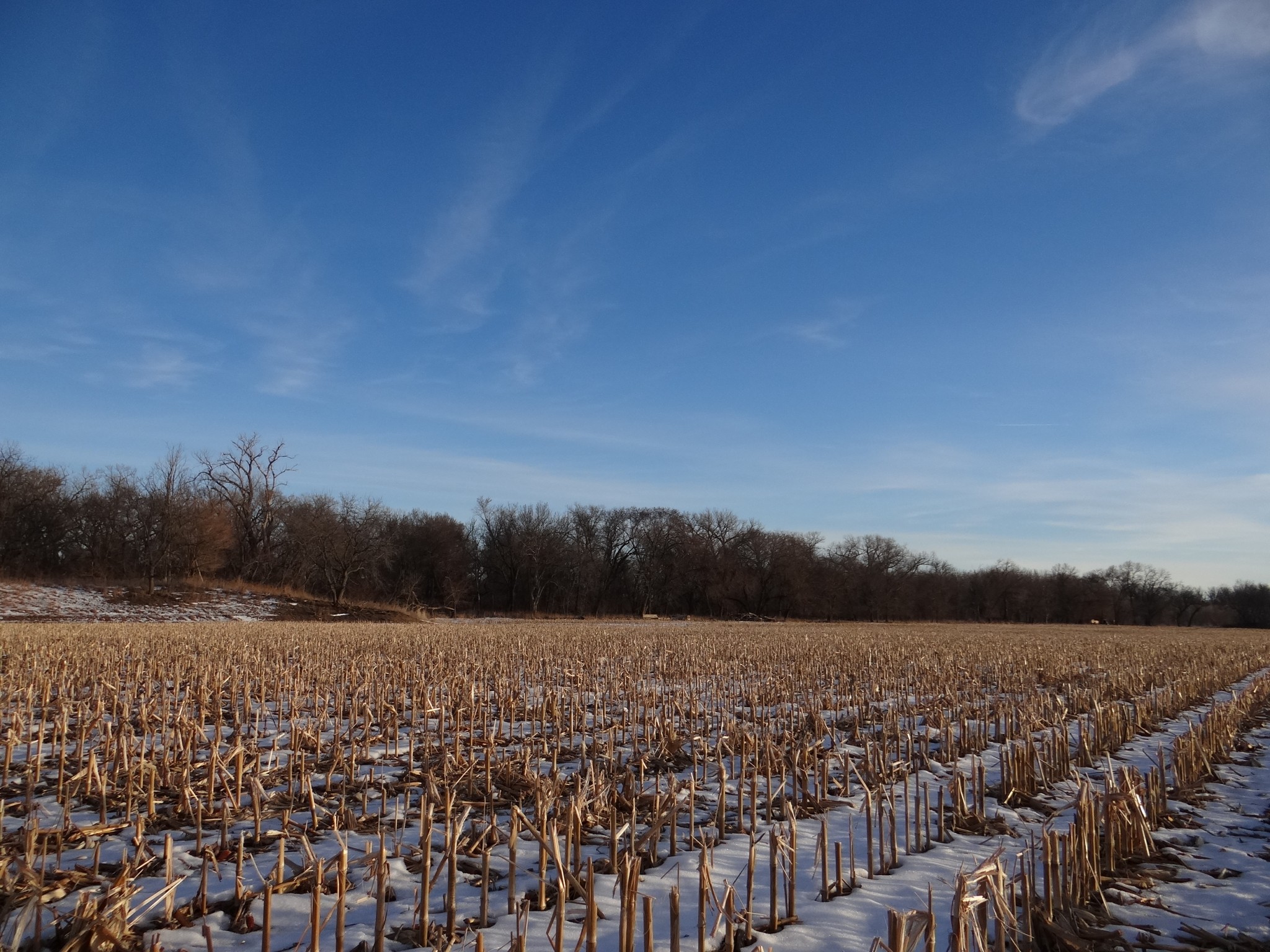
*Where They Jump. Any spot along a deer trail where a buck must jump, bound or leap such things as fences, creeks, ditches, depressions and dips are all possibilities to discover shed antlers. A land feature that makes a buck’s body jolt, whether traveling uphill or downhill, can cause a loose antler to be jarred and fall off.
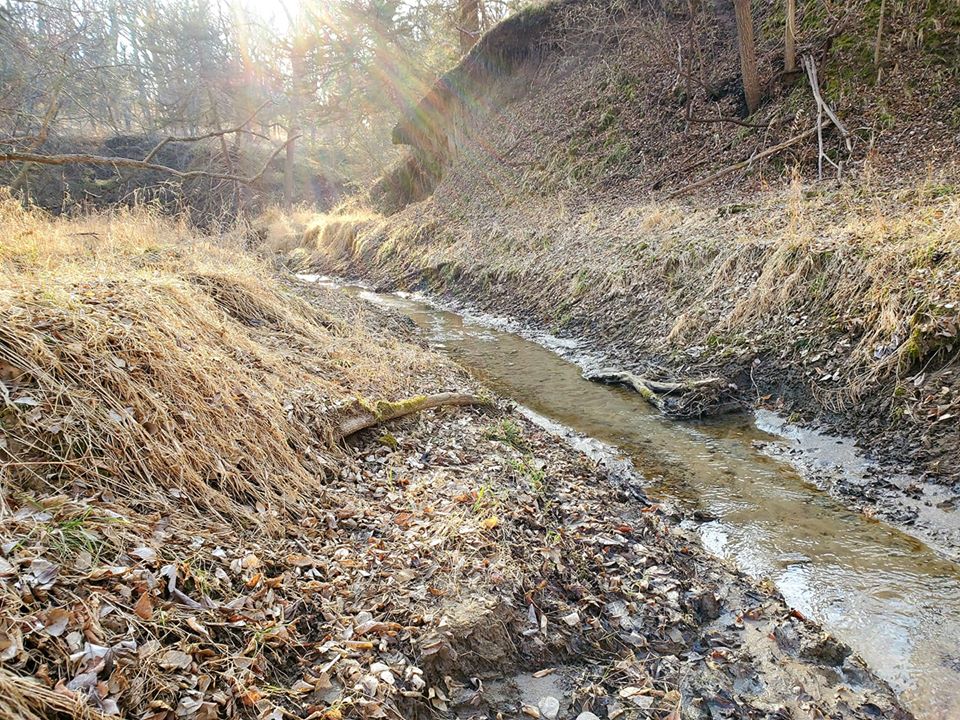
*Where They Can Be Caught on Camera. Hanging your digital trail or game cameras for shed antler hunting is directly related to where you would place your portable ground blinds or treestands for late season hunting. Bucks have lessened their movements since the rut with more of a focus now on food, cover and security. Affix your cameras to trees or fence posts around bedding or feeding areas or at least along the main trails going to and from those areas. Once the bucks in your images begin becoming antlerless, it will be time to start searching for sheds and you will have an idea of where to go to find them.
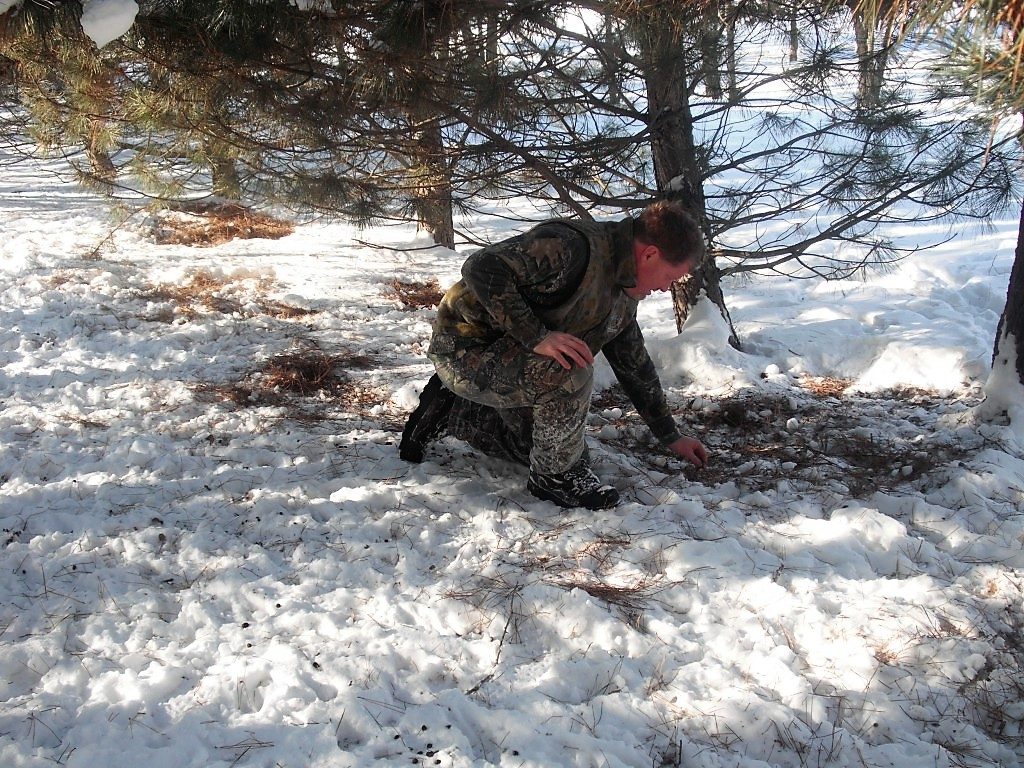
Shed deer antler hunting is a simple outdoor pursuit. It doesn’t take much to do but there are some things to be noted before you go, and they are:
Land. Ninety-seven percent of the land in Nebraska is privately owned, so acquiring permission to shed hunt is required from the landowner or his or her agent. Offer a shed antler you found on the property to the landowner as a gesture of kindness. Shed antlers can also be obtained from lands owned or controlled by the Game and Parks Commission.
Kids. Be sure to include your kids or grand kids on shed antler deer hunts. Kids are naturally curious and love scavenger hunts plus they are low to the ground and are more apt to spot an antler or part of antler than an adult. A shed antler hunt is a fun way to get kids out of the house and into nature for some fresh air and Vitamin D!
Limit Intrusion. Another critical component of shed antler hunting is to limit your intrusion. Winter and early spring are crucial times regarding survival for deer and other wildlife. You need to hunt for sheds on the nicer days at appropriately spaced intervals (2-3 weeks) to help eliminate constant stress on deer, pushing them onto adjacent properties and frequently disturbing other wildlife.
About Mule Deer Bucks and Bull Elk. According to Luke Meduna, Nebraska’s Big Game Program Manager, hunt for the antlers of mule deer bucks and bull elk in western Nebraska during the months of March and April. Meduna says in most cases mulie bucks and bull elk in the west do not shed before March 1. When afield, he encourages spring wild turkey hunters in the western half of the state to look around for shed mule deer buck and bull elk antlers as well.
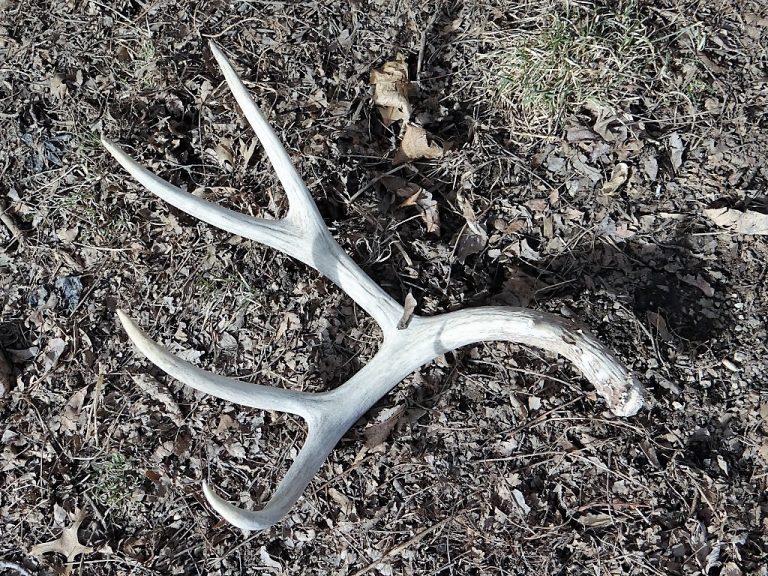
Keep in mind that time outdoors hunting shed antlers is time well-spent!
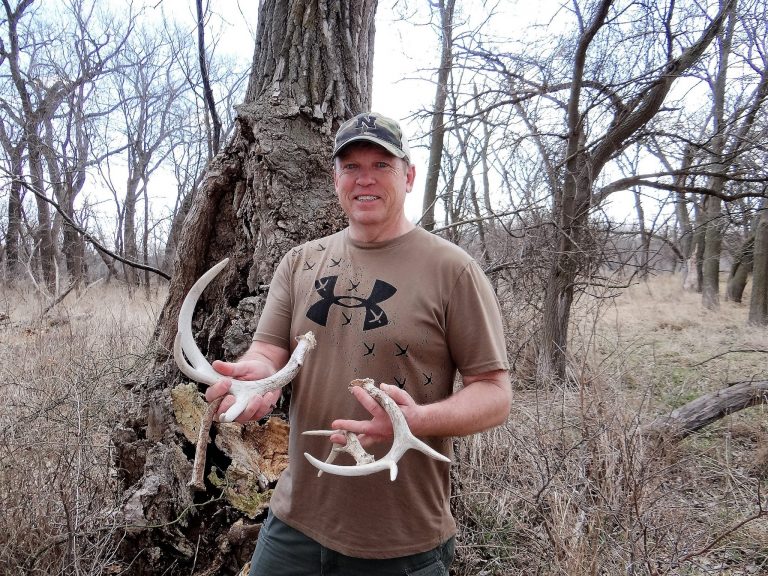
The post Think Like a Buck to Find Shed Deer Antlers appeared first on Nebraskaland Magazine.

